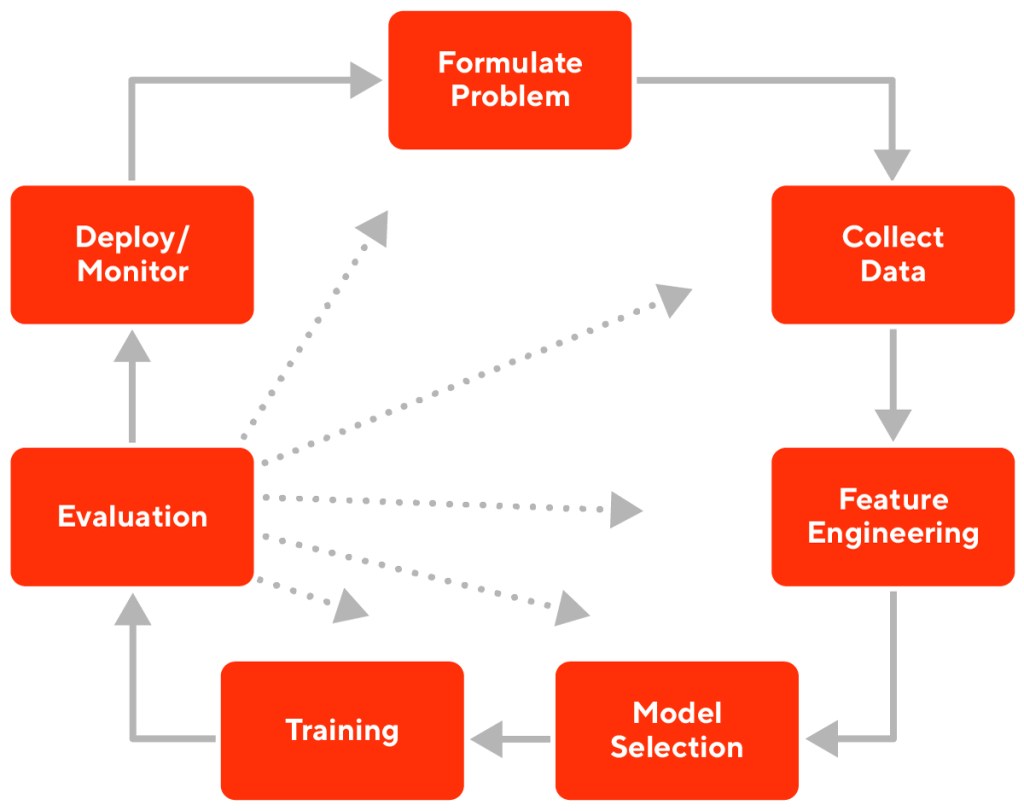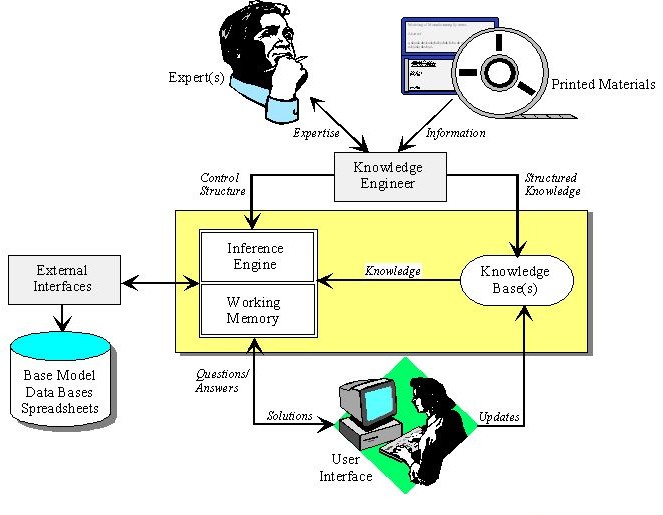
Recently, AI technology has been in the news and its ethical implications have raised serious concerns. Although AI offers many benefits, it does not offer an easy path to ethical acquittal. Uber is a prime illustration of this. However, AI does provide a means for planning to incorporate ethical considerations. Although Uber's case was tragic, AI technology can cause many other fatalities.
AI with limited memory
Self-driving automobiles use AI technology with limited memories. The cars can use this technology to navigate by understanding the incoming data and taking decisions based on that information. They do not have pre-programmed responses, unlike human drivers. They look around, take in other road users' movements and can react to situations in about 100 seconds. The human driver will be able to adjust the vehicle in the meantime.
Reactive machines, by contrast, don't save past memories or experiences. Reactive machines respond to the current situation and not learn from the past. Deep Blue, Garry Kasparov's 1990s winning computer, is one example of a reactive system. Limitation of memory AI systems allow the computers to learn from past experiences and use this knowledge to inform their decisions in the future. Many self-driving cars are currently being developed with limited memory AI systems.

Theory of mind: AI
The Theory of Mind is the answer to your question about the next big step for AI. AI systems can now interact directly with human emotions and thoughts. AI technology's next stage will focus on the mind and its effects. These machines will be capable of recognizing certain behaviors and functions, and even understanding human nature. This is only the beginning of the possibilities for advanced systems in the future.
Theory of Mind (ToM), a fundamental component of human cognition, refers to the ability of humans to infer what others believe, want, or feel. This aspect requires advanced analysis at all levels, including algorithmic, computational and physical. It's also necessary for integrating AI technology into society. Autonomous cars or robots will eventually understand pedestrians and drivers mental states.
Data-friendly ecosystem using unified standards
AI must become a trusted tool for decision-making. The ecosystem must work together to create a data-friendly environment with common standards. The activities of the AI Research Institute should complement each other, with common goals, principles and representations of a data friendly ecosystem. The resulting solutions must be cross-domain and address human and technical aspects of the problem.
Trustworthy AI systems must be ethically, legally and morally sound. AI solutions must be sensitive to the needs of all stakeholders (users, businesses, etc.). As such, researchers should use tightly coupled formal frameworks and theoretical foundations to understand user trust in AI systems. These studies should also consider the diversity of different cultures, belief systems, and learning styles.

Investing in AI Human Capital
Artificial intelligence (AI), a powerful tool for economic growth, is the key to the future of work. According to a recent PriceWaterhouseCoopers study, AI technologies could boost global GDP by as much as 14% by 2030. AI technologies will add $14.3 trillion to global GDP and $3.7 trillion for the economies of China and Latin America.
Merantix, an AI company in Germany, has developed a machine learning application for facial recognition. Its AI system is capable of identifying lymph nodes in CT images and labeling them accordingly. It can also detect and identify small lesions and other growths. A contrast, a human radiology specialist can read four CT pictures in an hour. This would cost more than $250,000.
FAQ
What does the future hold for AI?
Artificial intelligence (AI), which is the future of artificial intelligence, does not rely on building machines smarter than humans. It focuses instead on creating systems that learn and improve from experience.
We need machines that can learn.
This would involve the creation of algorithms that could be taught to each other by using examples.
We should also look into the possibility to design our own learning algorithm.
The most important thing here is ensuring they're flexible enough to adapt to any situation.
How does AI impact work?
It will revolutionize the way we work. We'll be able to automate repetitive jobs and free employees to focus on higher-value activities.
It will enhance customer service and allow businesses to offer better products or services.
This will enable us to predict future trends, and allow us to seize opportunities.
It will allow organizations to gain a competitive advantage over their competitors.
Companies that fail AI will suffer.
What is the most recent AI invention?
Deep Learning is the latest AI invention. Deep learning, a form of artificial intelligence, uses neural networks (a type machine learning) for tasks like image recognition, speech recognition and language translation. Google invented it in 2012.
Google recently used deep learning to create an algorithm that can write its code. This was done using a neural network called "Google Brain," which was trained on a massive amount of data from YouTube videos.
This allowed the system to learn how to write programs for itself.
IBM announced in 2015 that they had developed a computer program capable creating music. Also, neural networks can be used to create music. These are sometimes called NNFM or neural networks for music.
Which countries lead the AI market and why?
China has more than $2B in annual revenue for Artificial Intelligence in 2018, and is leading the market. China's AI industry is led in part by Baidu, Tencent Holdings Ltd. and Tencent Holdings Ltd. as well as Huawei Technologies Co. Ltd. and Xiaomi Technology Inc.
China's government is heavily involved in the development and deployment of AI. The Chinese government has established several research centres to enhance AI capabilities. These include the National Laboratory of Pattern Recognition and State Key Lab of Virtual Reality Technology and Systems.
China is also home of some of China's largest companies, such as Baidu (Alibaba, Tencent), and Xiaomi. All these companies are active in developing their own AI strategies.
India is another country that is making significant progress in the development of AI and related technologies. India's government is currently focusing their efforts on creating an AI ecosystem.
Statistics
- By using BrainBox AI, commercial buildings can reduce total energy costs by 25% and improves occupant comfort by 60%. (analyticsinsight.net)
- In 2019, AI adoption among large companies increased by 47% compared to 2018, according to the latest Artificial IntelligenceIndex report. (marsner.com)
- Additionally, keeping in mind the current crisis, the AI is designed in a manner where it reduces the carbon footprint by 20-40%. (analyticsinsight.net)
- That's as many of us that have been in that AI space would say, it's about 70 or 80 percent of the work. (finra.org)
- The company's AI team trained an image recognition model to 85 percent accuracy using billions of public Instagram photos tagged with hashtags. (builtin.com)
External Links
How To
How to configure Alexa to speak while charging
Alexa, Amazon's virtual assistant can answer questions and provide information. It can also play music, control smart home devices, and even control them. It can even listen to you while you're sleeping -- all without your having to pick-up your phone.
With Alexa, you can ask her anything -- just say "Alexa" followed by a question. Alexa will respond instantly with clear, understandable spoken answers. Plus, Alexa will learn over time and become smarter, so you can ask her new questions and get different answers every time.
Other connected devices can be controlled as well, including lights, thermostats and locks.
Alexa can also be used to control the temperature, turn off lights, adjust the temperature and order pizza.
Alexa to speak while charging
-
Open Alexa App. Tap Settings.
-
Tap Advanced settings.
-
Select Speech recognition.
-
Select Yes, always listen.
-
Select Yes, wake word only.
-
Select Yes, and use a microphone.
-
Select No, do not use a mic.
-
Step 2. Set Up Your Voice Profile.
-
You can choose a name to represent your voice and then add a description.
-
Step 3. Step 3.
After saying "Alexa", follow it up with a command.
Example: "Alexa, good Morning!"
Alexa will reply to your request if you understand it. For example, John Smith would say "Good Morning!"
Alexa won’t respond if she does not understand your request.
If necessary, restart your device after making these changes.
Notice: If you modify the speech recognition languages, you might need to restart the device.